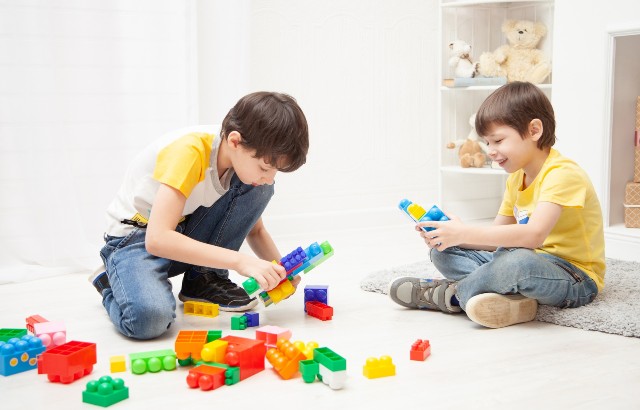Home schooling is hundreds of years old – here’s what its history teaches us about learning through play
Dr Rachel Bryant Davies, Lecturer in Comparative Literature has written for The Conversation on how looking at historical playful learning can help us moving forward.

The UK government’s COVID recovery plans for schools have been criticised for prioritising learning over wellbeing. Education specialists routinely extol the benefits sports, creative activities and the performing arts can bring to children.
This is particularly relevant in light of the disruptions to schooling and childhood that COVID has wrought. Storytelling has emerged as a powerful tool for children to process the crisis. COVID stories have encompassed heroism and resilience, myth and fable, entertaining and educating simultaneously.
Historical home learning shows that there need be no dichotomy between play (to improve wellbeing) and learning (to satisfy educational needs). As my research into educational literature from the 18th and 20th centuries shows, learning through play is an age-old concept.
Historical perspectives
For children aged between five and ten, attending formal school only became compulsory with the Elementary Education Act of 1880. Before that, charitable and religious organisations had provided basic education. Grammar schools theoretically were open to all, but children from poorer families mostly worked, and for those who studied, home was school.
The main educational format promoted in 18th-century children’s books in Britain and Europe was domestic instruction.
Written in script form, they generally featured idealised educational conversations between a mother and her children, sometimes involving fathers, or other family members or visitors.
Anna Laetitia Barbauld’s Lessons for Children Aged Two to Three Years, published in 1778, is arguably the earliest example. It is a reading primer featuring simple domestic questions and answers in large print:
Charles, what are eyes for?” “To see with.”
In other books, this type of dialogue was used to explore chemistry, history and geography. For example, the family in Priscilla Wakefield’s 1794 book, Mental Improvement; or, the Beauties and Wonders of Nature and Art in a Series of Instructive Conversations, discusses the challenges involved in tea and chocolate cultivation. The conversation leads into a discussion about character perfection, historically illustrated with an anecdote about the ancient Greek philosopher Socrates.
This style of learning revolved around having fun. While the context was usually an idealised middle-class home, where parents and siblings alike were at leisure to converse or read aloud, the key message was more widely relatable. It was about using everyday objects, impromptu homemade games and crafts and informal chat as the main tools for learning.
Magazines encouraged children to imagine their hobby horses as the Trojan horse or to play at Noah’s ark in their kitchen sinks. They used a geological explanation of coal to describe the 19th-century archaeological excavation of Troy, Homer’s mythical city.
Though Greek and Latin were so often the bastions of a stereotypically elite education, my findings shows how the classics were gamified for audiences of different ages and social backgrounds. There were toys primarily marketed at middle- and upper-class families but also magazines featuring stories of girls learning Greek at grammar schools, reading lists for autodidacts, and popular comic and circus performances.
What’s more, toy theatres repackaged the classics as boisterous home entertainment. Between 1750 and 1914, puzzles, toys, board and card games, magazines and community plays were all used for educational purposes.
The power of storytelling
Storytelling was just as important as dialogue. In their six-volume collection, Evenings at Home (1792-96), Barbauld and her brother John Aikin explained that the characters of their story – the fictional Fairborne family – had many children. Some were educated at school and some at home by their parents. Frequent visitors would contribute stories to the family library too, to be enjoyed on holidays.
Parents today could well struggle to know what to make of many of these stories. They both perpetuate offensive content (racist accounts of travelling the globe) and incorporate radical ideas (pacifism, women’s contradictory position as politically disenfranchised educators). Ancient history and fable were told from an anti-war perspective, as later in Maria Hack’s Grecian Stories (1819), which also condemned ancient slavery and celebrated abolition.
Historical magazines were a cheaper format through which many more children encountered classical mythology and archaeology, or experienced fictional Latin lessons, than could have learned classics at schools. They are a major, though under-appreciated, part of the long tradition of reading classical myth in childhood.
Stories often featured ancient heroes and heroines as role models for boys and for girls to promote cultural expectations. Examples included contentious figures such as the Roman general Marius, or British queen Boudica.
Looking back at this playful learning from the past can help us move forward more confidently, to the real benefit of children. In particular, dissolving any perceived boundaries between play and learning - between creative activities and curriculum - should lift some stress from parents and teachers.
This article was first published in The Conversation on 11th August.